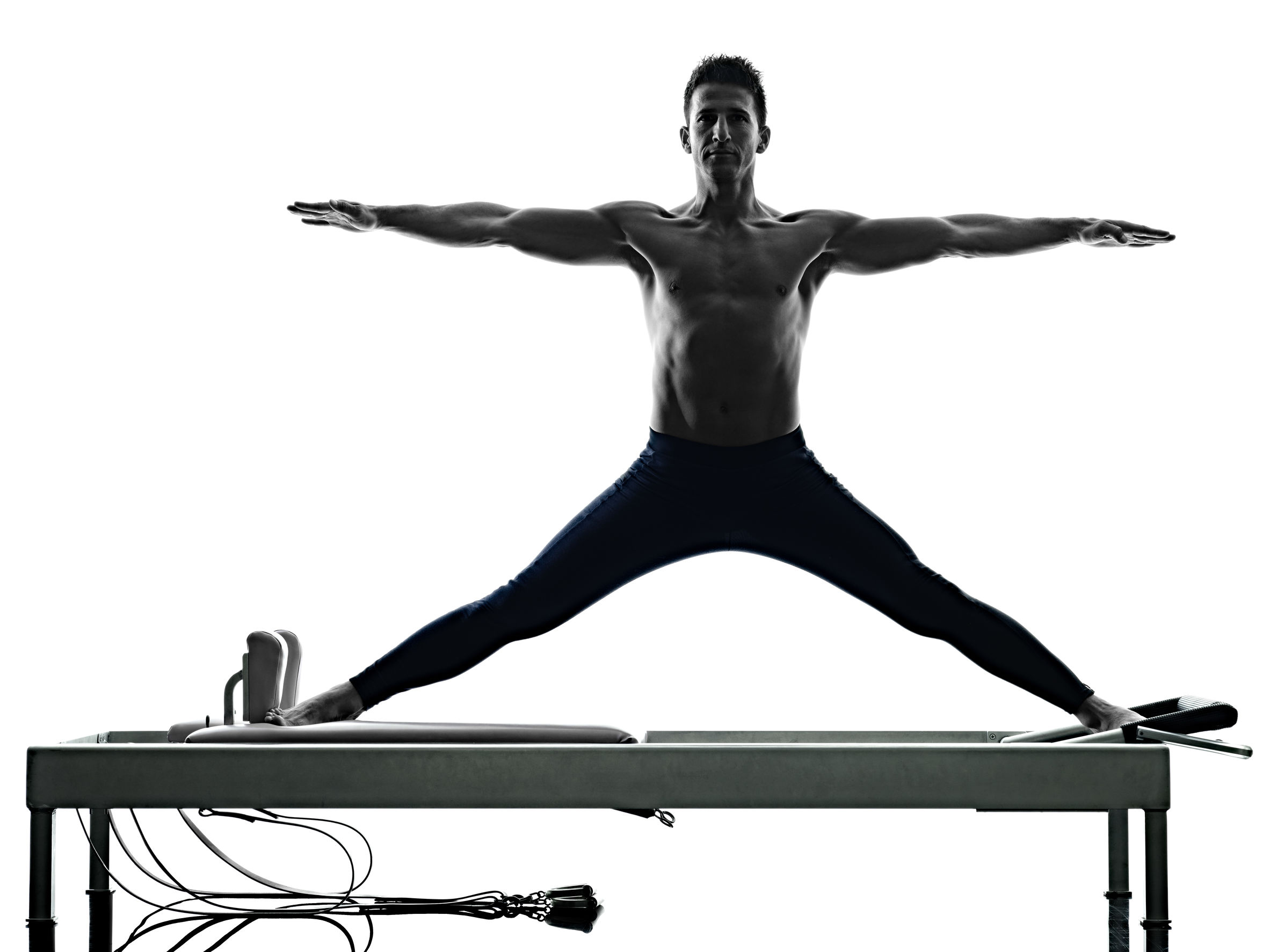Pilates for your hips
The hip bone is connected to the leg bone but also to the ‘back bones’
When you are trying to achieve pelvic and lumbar stability, it’s important that your hip can move freely and independently of your spine like you can see in our video (below). You can risk over-extending your back in common activities like walking, running, bending and lifting if your hips don’t move well. In Pilates we call this ability to freely move the hip joint with minimal effect on your spine “hip dissociation”; that is the ability to separate hip movement from back or knee movement.
The hamstrings and the quadriceps are usually the exercise focus for hip movement but the hip joint really relies on a complex interaction of thigh, abdominal and gluteal (buttock) muscles for stability.
Therefore, efficient hip joint movement requires muscle co-ordination front (quads and adductors) and back (hamstings and glutes) as well as above (abdominals) and below (pelvic floor). OR you can just think of these exercises as great for toning your buttocks!!
A good Pilates exercise to practice dissociation is called “side kick”, which can be performed in a variety of ways. Lying on your side is the easiest version but the challenge can be progressed by using your elbow or hand to support your upper body. You can check this out in the video below.


The reformer can also be used to practice hip dissociation; a great one for the hip is “Scooter”. In the video you will notice as you progress the difficulty of this exercise you also get the benefits of sharpening up your balance and improving your posture.
Want to know more?
You can learn more about the MOH approach to hip pain and improving hip function by checking out blogs in the MOH Hip series;
- Functional Osteopathic assessment of the hip
- Osteopathic treatment for hip pain
- Functional exercises for hip pain
- Glute strength for hip health
- Myotherapy for hip pain
For more information, ideas and exercises check out our Health Tips blog.



